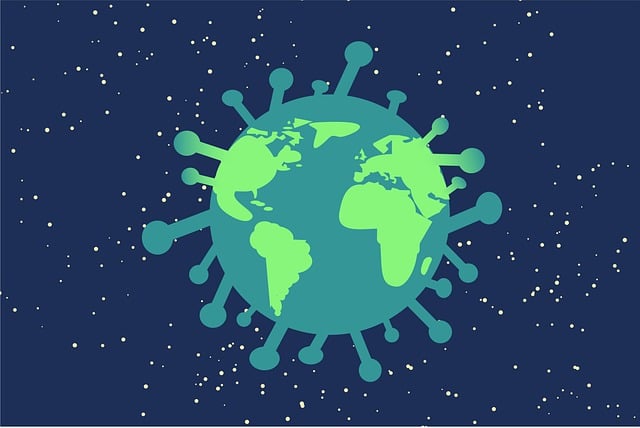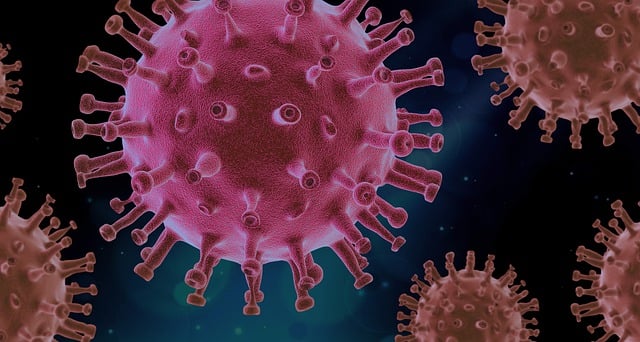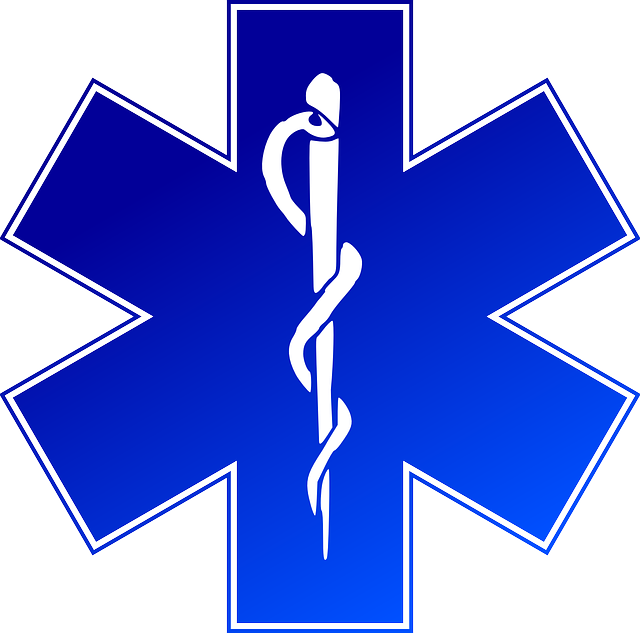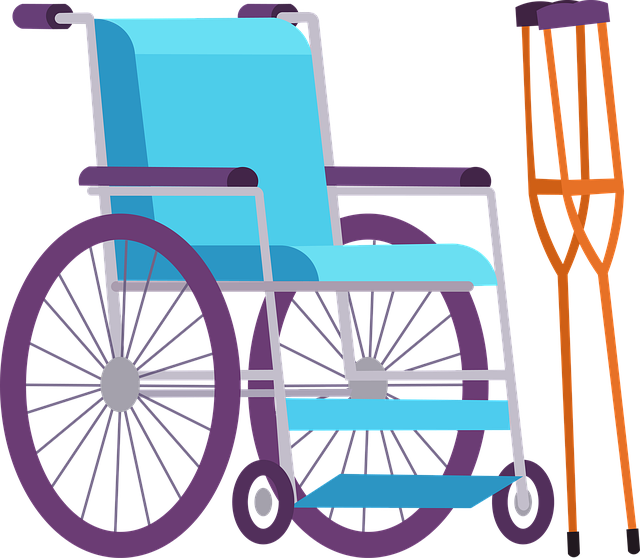In South Africa, Medical Aid and Health Insurance are distinct tools for managing healthcare costs. Medical Aid, a long-term savings plan, offers comprehensive coverage within a network of providers, ideal for regular check-ups, chronic management, and diverse medical services. Health Insurance, typically shorter-term, focuses on financial protection against unforeseen events like accidents or specific treatments, often with lower upfront costs but limited provider choice. Choosing between them requires evaluating healthcare needs, budget, desired coverage, preferred providers, and cost structures to tailor a plan to individual circumstances, balancing the benefits of each for optimal health management.
Navigating South Africa’s healthcare system requires understanding the nuances of medical aid and health insurance. This comprehensive guide deciphers these key concepts, highlighting their distinct roles and benefits. We explore the various types of medical aid schemes available, offering insights to help you choose a plan that suits your needs. Learn the ins and outs of claims processing and discover strategies to maximize coverage, ensuring peace of mind for you and your family in unexpected health events. Understand the difference between medical aid and health insurance to make informed decisions.
- Understanding Medical Aid and Health Insurance in South Africa
- Key Differences: Medical Aid vs Health Insurance
- Types of Medical Aid Schemes Available
- Factors to Consider When Choosing a Plan
- How to Navigate the Claims Process
- Maximizing Your Coverage: Tips and Best Practices
Understanding Medical Aid and Health Insurance in South Africa

In South Africa, both medical aid and health insurance play crucial roles in ensuring access to quality healthcare for individuals and families. While they serve similar purposes, there are distinct differences between the two. Medical aid is a private sector initiative that provides cover for a range of medical services, including hospitalisation, doctor visits, and certain medication. It operates on a fund-based model where contributions from members are used to pay for healthcare expenses. On the other hand, health insurance is typically offered by the state or private companies and focuses on providing financial protection against unexpected medical costs, such as hospital stays or emergencies.
Understanding the nuances between medical aid and health insurance is essential when navigating the South African healthcare system. Medical Aid Vs Health Insurance comparison reveals that medical aid often offers more comprehensive coverage, including routine check-ups and preventative care, while health insurance may have specific exclusions and limitations. When choosing between the two, individuals should consider their specific healthcare needs, budget constraints, and the level of cover required to make an informed decision that best suits their circumstances.
Key Differences: Medical Aid vs Health Insurance

In South Africa, understanding the distinction between medical aid and health insurance is pivotal for making informed decisions regarding your healthcare coverage. While both offer financial protection against medical expenses, they function differently. Medical aid schemes are typically long-term contracts where a member pays regular premiums to an insurance company, which then provides access to a network of hospitals and doctors. These schemes often cover a range of services, including specialist care, inpatient treatment, and certain preventive measures. On the other hand, health insurance policies usually offer short-term coverage and focus on specific aspects of healthcare, such as chronic conditions or specific medical procedures. They may not require ongoing contributions and can be more flexible in terms of service provider choices.
When considering Medical Aid vs Health Insurance, factors like cost, scope of cover, and accessibility to healthcare providers play key roles. Medical aid often provides broader coverage at a steady cost, making it suitable for long-term health management. Health insurance, however, offers more tailored options for specific needs, potentially with lower upfront costs but requiring careful selection of service providers.
Types of Medical Aid Schemes Available

In South Africa, individuals have a variety of options when it comes to accessing medical care through either Medical Aid or Health Insurance. The key distinction lies in their purpose and structure. Medical Aid is a long-term savings plan that pools members’ contributions to provide comprehensive healthcare services, including hospitalisation, medical procedures, and prescription drugs. It’s often offered by employers as a benefit to their employees, but individuals can also join independent schemes. On the other hand, Health Insurance is primarily focused on providing short-term cover for specific needs, such as unexpected illnesses or accidents, and usually does not include routine check-ups or preventative care like Medical Aid does.
When choosing between Medical Aid and Health Insurance, it’s crucial to understand your healthcare needs and future predictions. If you’re generally healthy but seek coverage for unforeseen events, Health Insurance might be suitable. However, if you have a history of chronic conditions or anticipate regular medical visits, Medical Aid offers more comprehensive benefits tailored to long-term health management.
Factors to Consider When Choosing a Plan

When choosing between medical aid and health insurance, understanding your needs is key. Both options offer financial protection against medical expenses, but they differ in approach. Medical aid typically involves a savings or contribution scheme where members pay regular premiums to access a network of healthcare providers. This often includes hospital care, specialist consultations, and chronic disease management. On the other hand, health insurance usually provides short-term cover for specific treatments or conditions, with a focus on emergency medical needs and routine check-ups.
Consider your budget, desired level of coverage, and preferred healthcare providers when making your decision. Evaluate the costs associated with each option, including monthly premiums, co-pays, and any additional fees. Assess the quality and accessibility of healthcare facilities within your chosen network. Remember, understanding the differences between medical aid and health insurance is crucial to making an informed choice that suits your unique circumstances.
How to Navigate the Claims Process
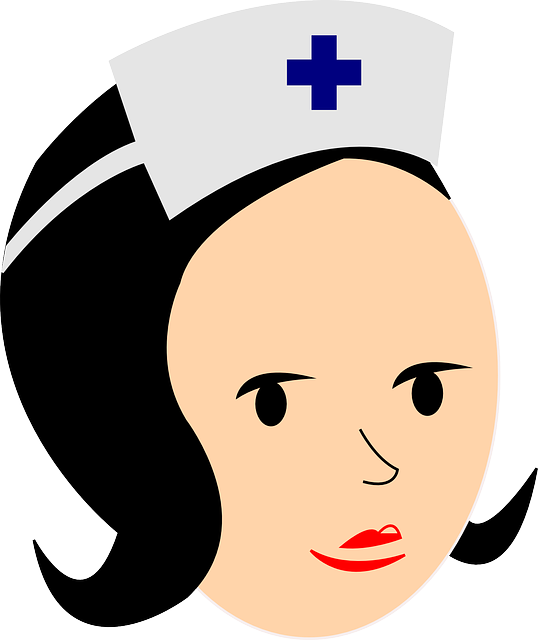
Navigating the claims process can seem daunting, especially when distinguishing between medical aid and health insurance. Both cover medical expenses, but their approaches differ significantly. Medical aid typically involves a savings-based system where members contribute to a fund, which then pays for healthcare services. Claims are usually processed by submitting relevant documentation to the medical aid scheme. On the other hand, health insurance is often provided through employers or purchased individually, and it offers cover for specific medical expenses based on a policy’s terms and conditions. When making a claim, policyholders need to contact their insurer, provide necessary details, and follow the specified procedures for reimbursement or direct payment to the healthcare provider.
Understanding these distinctions is crucial when choosing between medical aid and health insurance in South Africa. Knowing how each operates can help individuals make informed decisions that align with their healthcare needs and financial circumstances.
Maximizing Your Coverage: Tips and Best Practices

When comparing medical aid versus health insurance, understanding how to maximize your coverage is key. Firstly, review the scope of each plan’s benefits and limitations. Medical aid typically focuses on providing comprehensive care within a specific network of healthcare providers, while health insurance often covers out-of-network services at varying rates.
To get the most from either option, compare co-pays, excesses, and deductibles. Choose plans with lower administrative fees and consider the reputation of the insurer or medical aid scheme. Additionally, assess your personal healthcare needs, including regular check-ups, specialist consultations, and potential long-term conditions, to ensure your chosen plan offers adequate coverage for your unique circumstances.
When navigating the complex landscape of medical aid and health insurance in South Africa, understanding the key differences between these two essential coverage options is crucial. While medical aid schemes offer comprehensive care with a focus on preventive measures, health insurance typically provides more flexible access to healthcare services. By considering your specific needs, budget, and preferred level of coverage, you can make an informed decision when choosing a plan that best suits your circumstances. Remember, understanding the claims process and maximizing your coverage through smart practices will ensure you receive optimal care when facing medical emergencies or routine check-ups.

